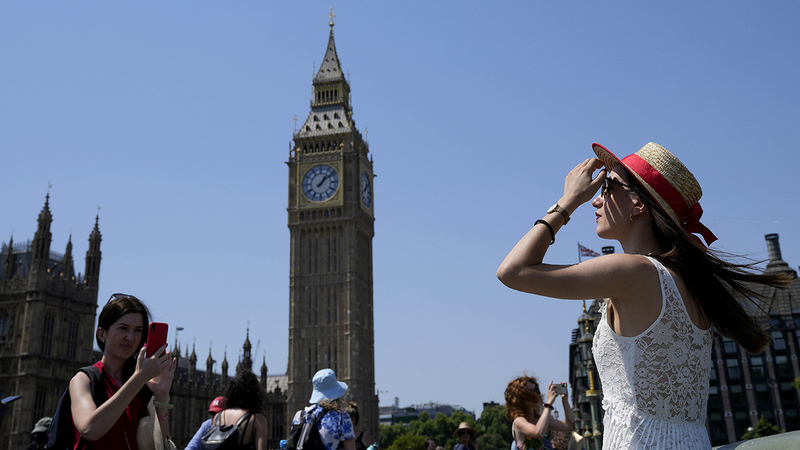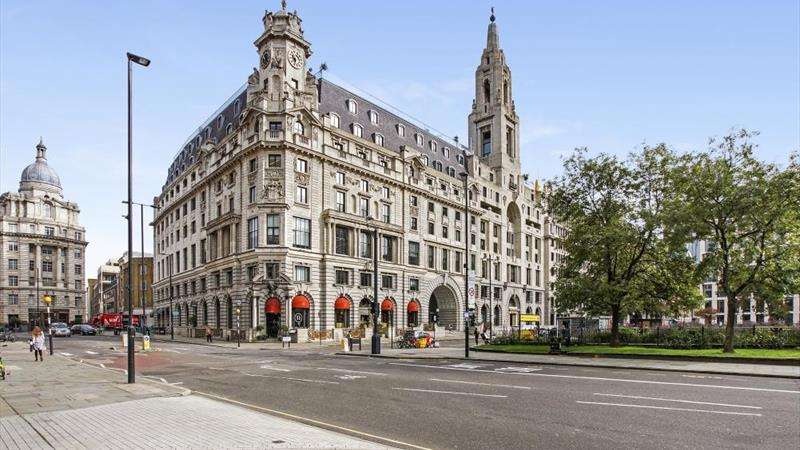Still Don’t Have the Building of the Future

Join Industry Decision Makers In Our Weekly Newsletter.
Sleepless nights. Difficult working conditions. Lots of dehumidifiers.
It’s fair to say that global warming is well and truly here.
Urban construction is going to change as a result. Design, form, and all supply chain mechanisms will have to become more integrated if we want to live in a habitable city.
We caught up with Dr. Julie Futcher, based in central London. She is an architect whose research focuses on urban climatology. Dr. Futcher believes that the design and form of urban buildings are going to have to adapt to this new climate we have. But, we must look much further beyond just a single building.
“We must look at more than the building itself, but in terms of interdependent net energy relationships. We need to understand more about the far-reach effect of buildings. The energy management of the building doesn’t end at the building envelope, it extends into the wider environment.
When I mentioned the net energy relationship, we’re talking about the building’s own energy, so the energy it needs to heat and cool, and operate effectively, but also the impact of that building’s form on the surrounding building’s energy. And how it influences the heating cooling loads or even ventilation strategies of the surrounding buildings.” told Futcher.
For contractors, the technology for measuring these types of risks and benefits is not there quite yet. But, it’s important for developers to look at a building’s adaptability:
- Can the building be used for a different purpose if it needs to?
- Does it have to be torn down every time its use changes?
Fleeting thoughts for many, but these are the questions that will eventually trickle into our thought process.
Years ago, buildings were built with more of a community mindset, and how they can help each other. Today, they are stand-alone islands. Nearly in competition with each other.
“We still don’t have the building of the future in London yet. We’re quite traditional, trying to maximise the floor area. We’re not building in those low-energy passive measures to allow ventilation and daylight to penetrate the building envelope. And I don’t necessarily think tall buildings are a bad thing in the city. It’s more those deep footprints that are the size of football pitches that don’t really lend themselves to flexibility of space.

